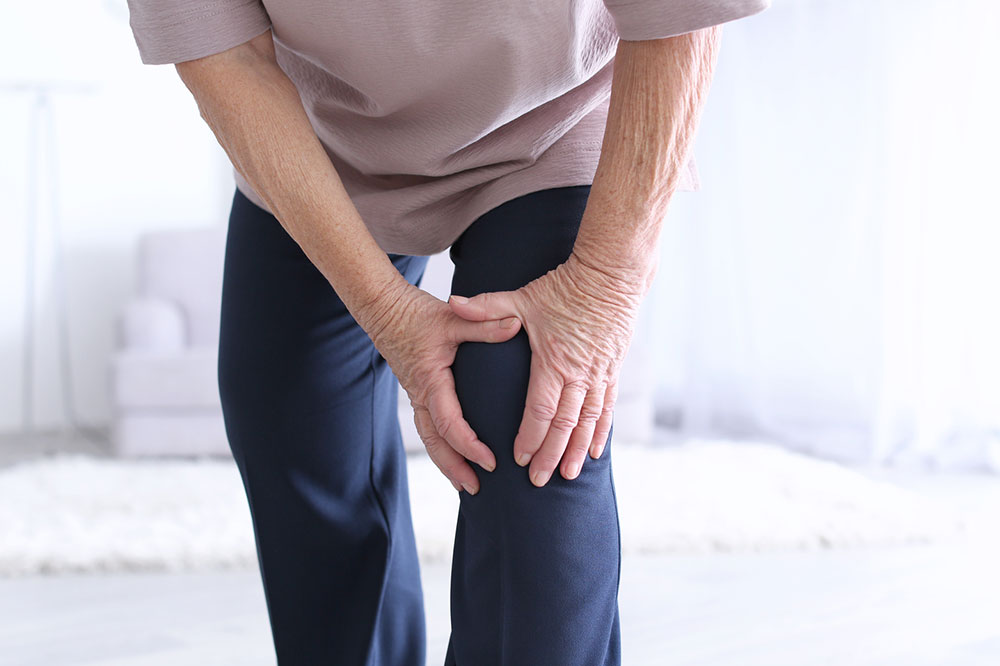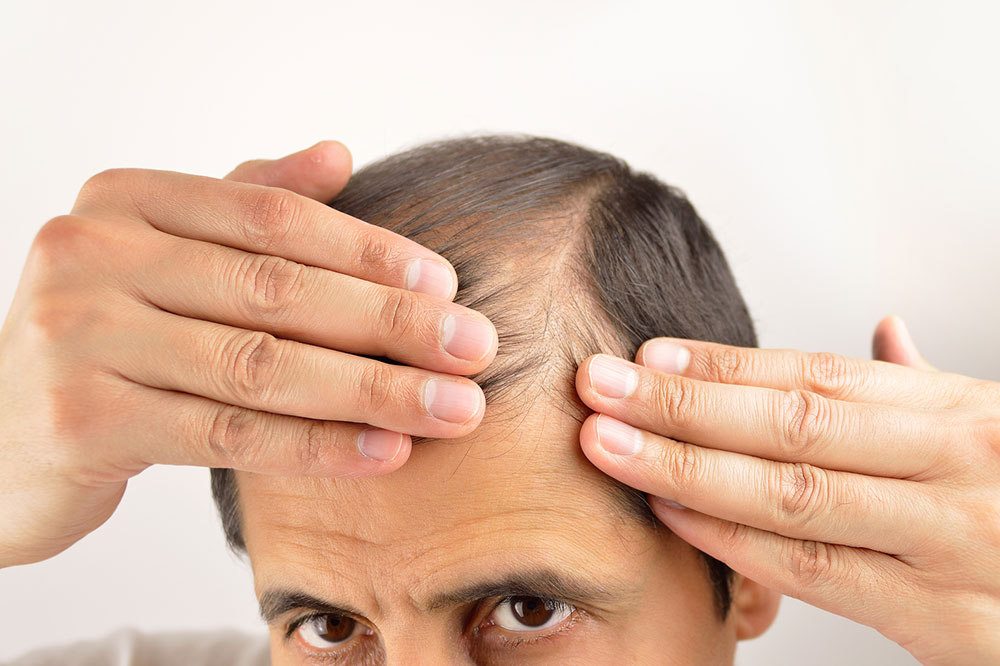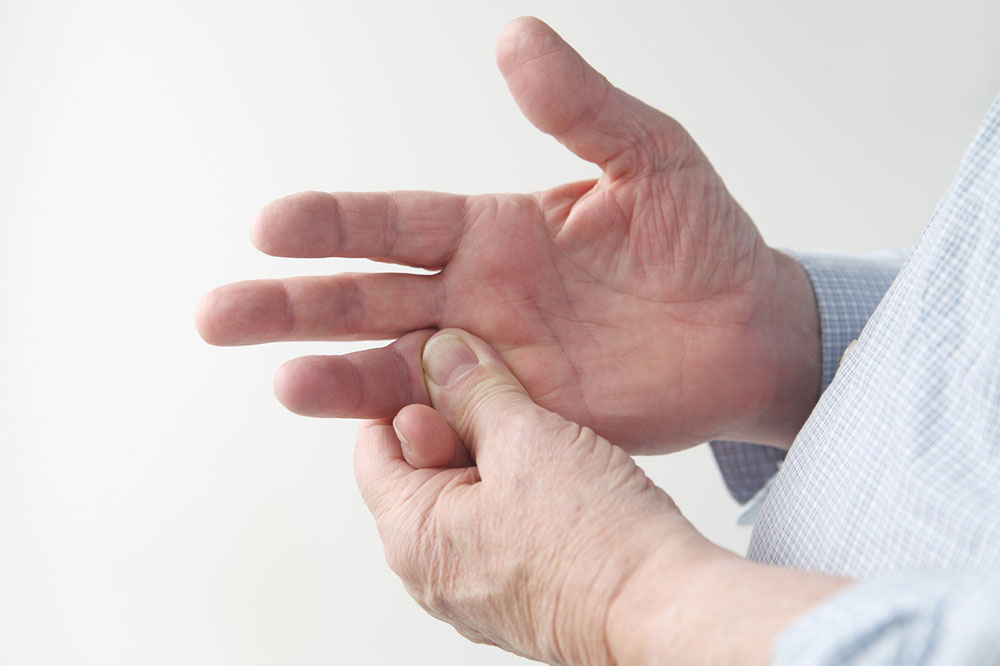7 unhealthy habits that make mattresses dirty

A clean sleeping environment is a crucial part of a healthy lifestyle. Mattresses, an essential component of a good night’s sleep, can harbor sweat, dead skin, dirt, and mold and become breeding grounds for allergens. Prolonged exposure to these elements increases one’s susceptibility to illnesses, skin rashes, and health issues like asthma. Here are some common unhealthy habits to avoid to ensure a clean, safe mattress that extends its lifespan and contributes to general well-being.
Eating food in bed
Eating in bed is one of the most common but problematic habits. Whether it’s a late-night snack or breakfast, this seemingly harmless practice can lead to crumbs, spills, and stains on the mattress. Such food particles create an environment conducive to pests, dust mites, bed bugs, fungi, and bacteria, leading to an unhealthy sleep environment. Even after clearing the crumbs, remnants will likely slip through the sheet. So, it’s best to avoid this seemingly harmless activity for the best upkeep of one’s mattress.
Allowing pets on the bed without properly cleaning them
Allowing pets to share one’s bed can contribute to a dirty mattress. Pet dander, fur, and the occasional accident can result in unpleasant odors and allergens in the mattress fabric. Instead, one can aim for regular grooming or create designated sleeping spaces for pets to solve this issue.
Getting shoes on the bed
A survey found that one in three Americans brings their shoes into the bedroom, potentially exposing their bed and mattress to harmful germs. Studies also show that shoes pick up thousands of harmful bacteria from public washrooms or places just after two weeks of use. Many carry various germs, including those commonly found in feces. So, putting shoes on the bed can negatively impact one’s health.
Ignoring regular cleaning
Often, a dirty mattress can be attributed to an infrequent cleaning routine. Even when one avoids any of the habits mentioned above, mattresses can still accumulate dust, dead skin cells, and other particles, thus reducing their lifespan. So, it is crucial to implement a consistent deep-cleaning routine. A vacuum cleaner can effectively remove debris from hard-to-reach nooks and crannies. Additionally, it’s important to use clean mattress protectors like bedsheets and pillowcases.
Not sanitizing the mattress
It’s important to sanitize one’s mattress every six months to preserve its longevity and individual well-being. Sanitization, including cleaning and disinfection, eliminates dust mites, harmful bacteria, and pollutants that accumulate over time. Since these are common allergens, sanitization also minimizes the risk of allergies and respiratory issues associated with prolonged exposure to these elements.
Poor general hygiene practices
It’s important to shower before bedtime or change the bed linens every few days. Ignoring night wash can transfer sweat, body oils, and other bodily fluids to the mattress surface. Over time, these substances create unpleasant odors and attract dust mites and bacteria, compromising the overall hygiene of the sleeping space.
Using harsh cleaning products
Using overly harsh or wrong cleaning products can compromise the mattress’s quality and structural integrity. It can also damage its fabric and protective layers. Over time, this causes wear and tear on the mattress earlier than its lifespan. To avoid this, one can opt for gentle cleaning solutions or natural, environment-friendly alternatives.







